A purely Russian provocation
For the third week now, Europe's most powerful nuclear power plant has been running on diesel generators. On 23 September, after lunch, the Russians disconnected the occupied Zaporizhzhya Nuclear Power Plant from the Ukrainian energy system.
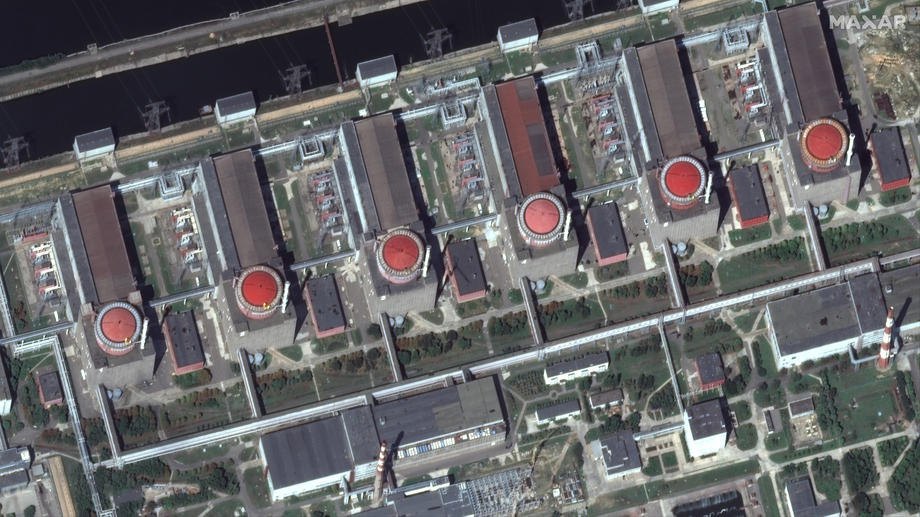
There has never been such a critical situation at Ukrainian nuclear power plants before. Because of the Russians, there have already been several blackouts at the ZNPP, the longest of which lasted two and a half days.
"In normal operation, before the full-scale war, there were ten power lines connecting the Ukrainian power grid with the Zaporizhzhya NPP. After the occupation, they had to be disconnected: either they were destroyed or they could not be operated," explains Energy Minister Svitlana Hrynchuk.
Until May 2025, the Zaporizhzhia Nuclear Power Plant operated on two power lines. However, one of them — Ferrosplavna-1 (330 kV) — was damaged by Russian shelling, and Moscow did not allow it to be repaired. Since then, the nuclear power plant has been powered only by the Dniprovska line (750 kV).
In September, Moscow decided to take even more radical action: it disconnected the ZNPP from the last high-voltage power line, causing the tenth blackout at the plant. As a result, emergency diesel generators were switched on. The Kremlin accused the Armed Forces of damaging the line connecting the Zaporizhzhya Nuclear Power Plant to Ukraine's power grid.
The Ukrainian authorities refuted these absurd accusations. Energoatom reported that the 750 kV high-voltage line in the territory controlled by the Armed Forces of Ukraine is in good working order, so the plant can be connected to it at any time. But the Russians do not want to do this and have once again resorted to nuclear blackmail, not only against Ukraine, but against the whole world.
‘The damage is located in the area of the Zaporizhzhya Thermal Power Plant, on the left bank of the Dnipro River, in a temporarily occupied territory,’ said Oleh Korikov, head of the State Nuclear Regulatory Inspectorate.
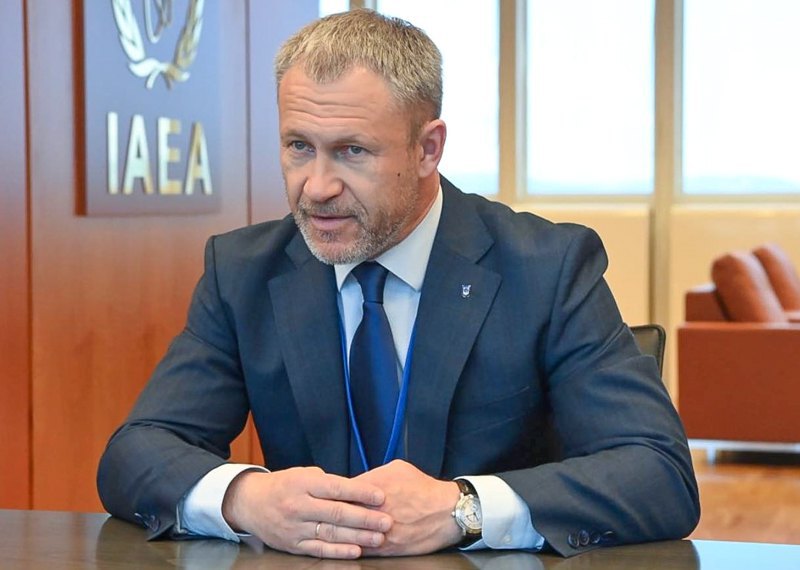
Russia is blatantly lying, according to findings from a Greenpeace investigation. Experts analyzed high-quality satellite images and concluded that there are no signs of shelling or any other attacks at the locations of the power line supports. This means the damage to the power transmission line is likely minor and can be easily repaired. Therefore, the disconnection of the plant from the power supply is a Russian provocation, Greenpeace adds.
Last week, one of the diesel generators at the Zaporizhzhya Nuclear Power Plant broke down, President Volodymyr Zelenskyy reported. The station had fuel reserves for only ten days. However, it appears that the Russians do not plan to reconnect the plant to a stable power grid anytime soon — meaning the blackout will continue.
“They’ve brought large reserves of fuel for the generators to the plant so that the Zaporizhzhya NPP can keep operating in this mode. I believe that soon we’ll hear statements from the Kremlin or the IAEA about some kind of ‘super threat’ — one that supposedly can only be solved by connecting the plant to the Russian power grid. I’m convinced the IAEA understands perfectly well what’s really happening,” said Petro Andryushchenko, Director of the Center for the Study of Occupation.
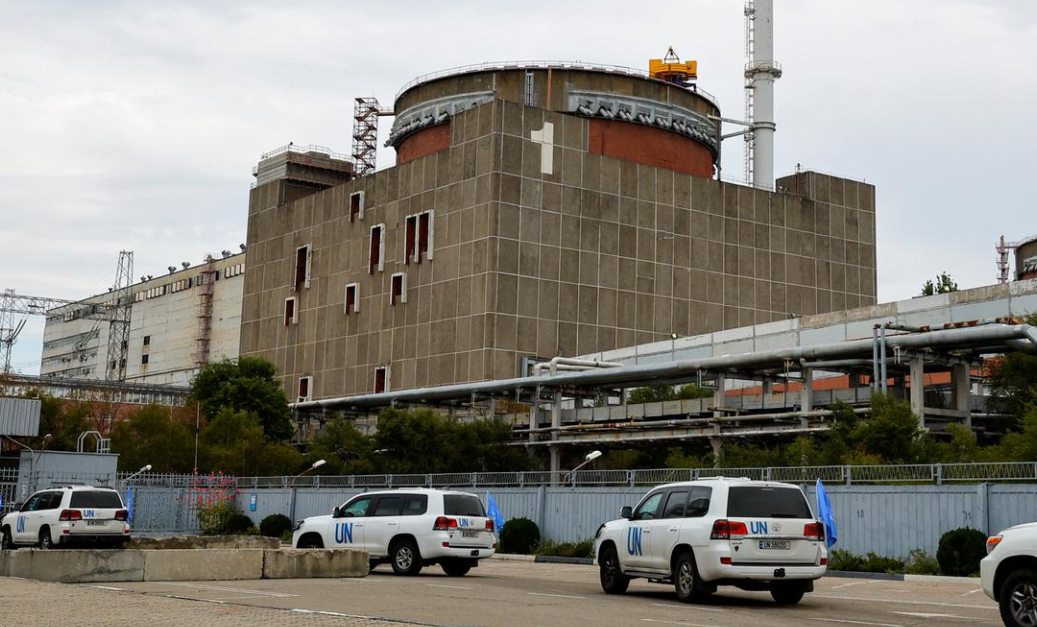
The International Atomic Energy Agency (IAEA) once again emphasizes its so-called neutrality. The organization stated that “no side benefits from a nuclear accident.” A special IAEA mission is permanently stationed at the Zaporizhzhya Nuclear Power Plant, but the Russians do not allow its experts to move freely around the facility.
“The IAEA is a non-power structure. Realistically, what can they do? The organization is funded, among others, by Russia. The current head was elected under a quota that included votes from the Russian Federation. The IAEA has still not made a meaningful statement condemning Russian aggression. I’m certain that as soon as the opportunity arises for them to claim that the only way to ensure the plant’s safety is by connecting it to the Russian power grid — the IAEA will do it,” said economist Oleh Pendzyn.
President Volodymyr Zelenskyy called the International Atomic Energy Agency’s position weak — and noted that Russia is skillfully taking advantage of it.
The Russians occupied the Zaporizhzhya Nuclear Power Plant in March 2022. The plant is one of the largest in the world. It consists of six power units, each with a capacity of 1,000 MW. Currently, the ZNPP is not generating electricity for external supply and remains in a state of cold shutdown — the safest operating mode during temporary Russian occupation.
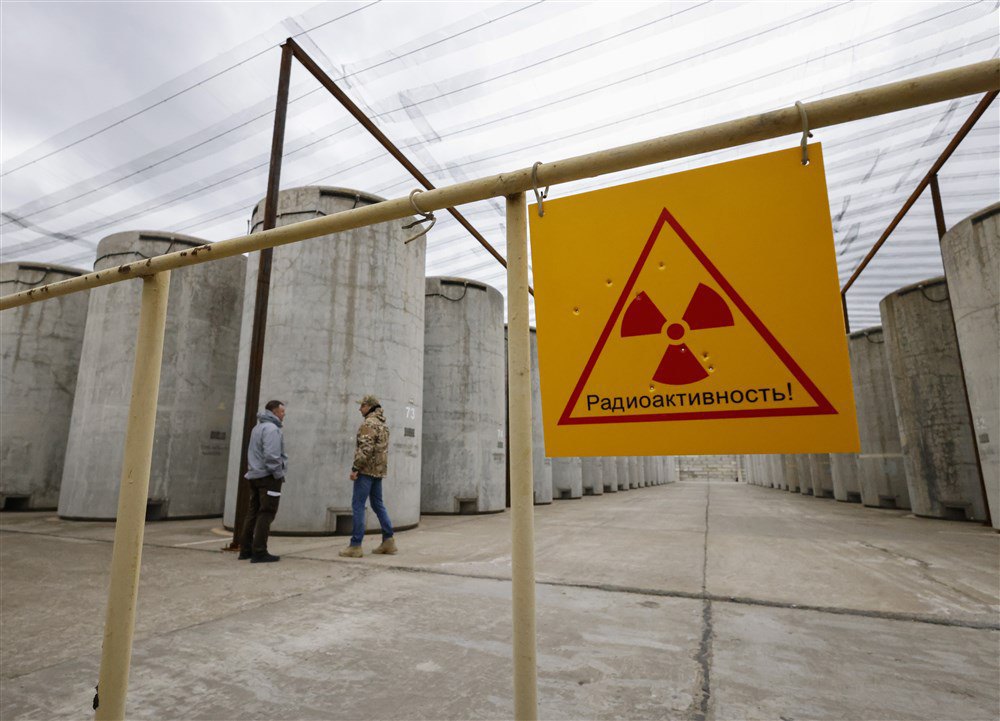
Although the Zaporizhzhya Nuclear Power Plant is not generating electricity, its reactors still require constant cooling.
“There must be strong pressure on Russia — both from the IAEA, Director General Rafael Grossi, and the entire international community. This is no joke; it’s a serious situation that threatens a huge number of people,” said Ukraine’s Deputy Minister of Energy, Svitlana Hrynchuk.
What Moscow Is Planning
Russia aims to connect the Zaporizhzhya Nuclear Power Plant to its own energy grid. The Kremlin intends to restart the facility and bring it out of cold shutdown mode. These plans were reported by Ukraine’s Foreign Ministry. However, the Russian Federation lacks both qualified specialists and the necessary operational permits. The Foreign Ministry has called on the IAEA to ensure access for Ukrainian repair teams to the power transmission line that, until the end of September, connected the ZNPP to Ukraine’s energy grid.
Russia has been preparing for the restart of the Zaporizhzhya plant for several months and is not hiding it. In early June, the Kremlin officially informed the IAEA of its intention to disconnect the station from the Ukrainian power grid. Then, in September, Russia once again sent the agency a notice announcing the start of this process.
A month ago, Serhiy Kiriyenko, Deputy Head of Putin’s Administration, visited the plant. The Russian occupation authorities have promised that by the end of the year, the Zaporizhzhya Nuclear Power Plant will become part of the Russian power grid.
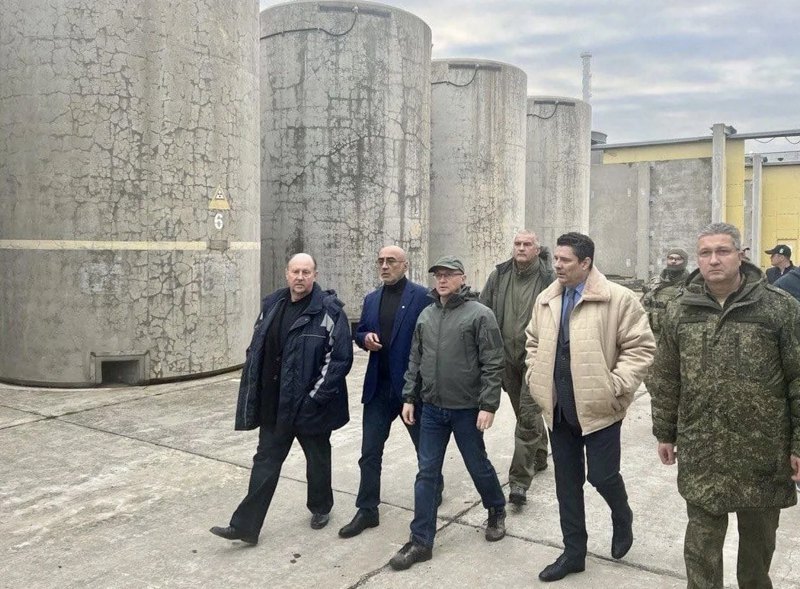
“They want to show that they have no plans to leave the occupied territories. And it’s also a huge amount of money — six powerful power units,” said Oleh Pendzyn.
Diesel generators can only be used for emergency power at the Zaporizhzhya Nuclear Power Plant, Energoatom explains. If all equipment stops, it could lead to a loss of control over the nuclear facility.
The situation is indeed dangerous, but there’s no need to panic, believes Volodymyr Omelchenko, Director of Energy Programs at the Razumkov Center. He explains that Russia is trying to scare the world with the threat of a potential nuclear disaster while simultaneously attempting to connect the ZNPP to its own power grid.
“There is no risk of an accident at the plant even remotely similar to Fukushima or Chernobyl. There are no precedents in global practice for a serious accident at reactors that have been inactive for a long time that could threaten people or the environment,” said Volodymyr Omelchenko.
Mykhaylo Shuster, a former employee of the Zaporizhzhya NPP, shares a similar opinion. He believes that even if all generators and mobile units are shut down, “nothing will happen to the plant.”
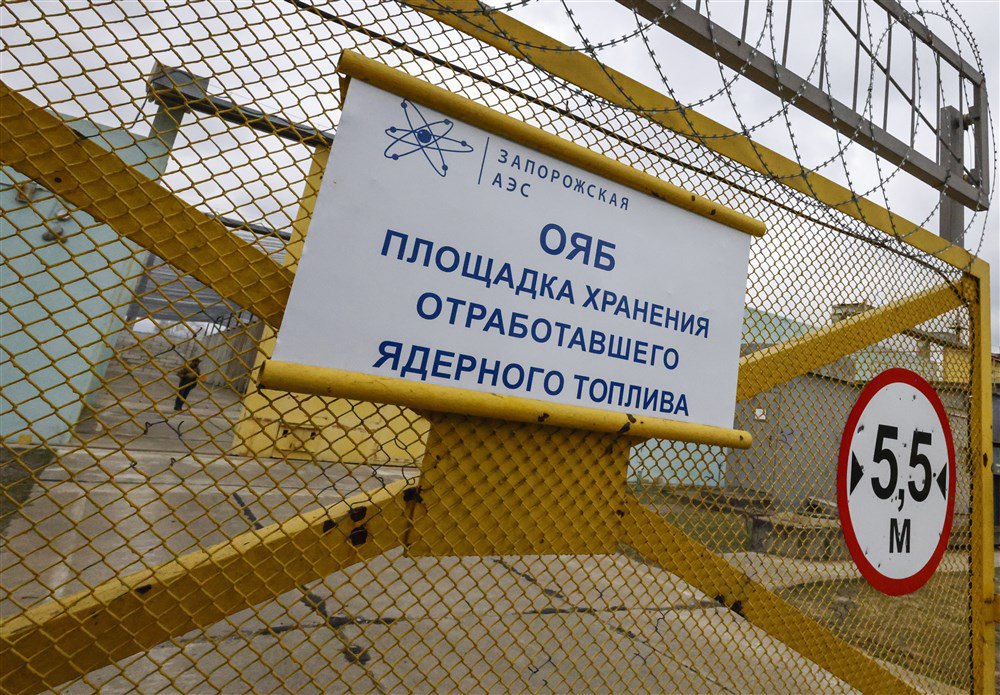
Since September 2022, the plant has not been generating electricity, meaning there is no chain reaction occurring in the nuclear fuel. It is during this process that high temperatures and significant pressure are produced, explains radiobiologist Olena Pareniuk. The expert adds that in cold shutdown mode, the Zaporizhzhya Nuclear Power Plant has essentially become a storage facility for nuclear fuel, and cooling it in this state requires much less water.
Currently, there are more than two dozen generators of various types on the ZNPP site, says Olha Kosharna, an independent nuclear energy expert. She noted that Ukraine upgraded this equipment specifically after the nuclear accident at Japan’s Fukushima plant. One generator is sufficient to fully supply a reactor unit.
“From a radiation safety perspective, everything is fine for now. But this is a war of nerves. The line was damaged about one and a half kilometers from the ZNPP, and the area is controlled by the Russians. I am confident that the Ukrainian Armed Forces are not shelling the plant,” says Olha Kosharna.
The expert added that it is likely that this year the Russians will try to start at least one reactor unit at the ZNPP. For this, they have ordered a powerful pumping station to transfer water from the Dnipro’s tributaries.
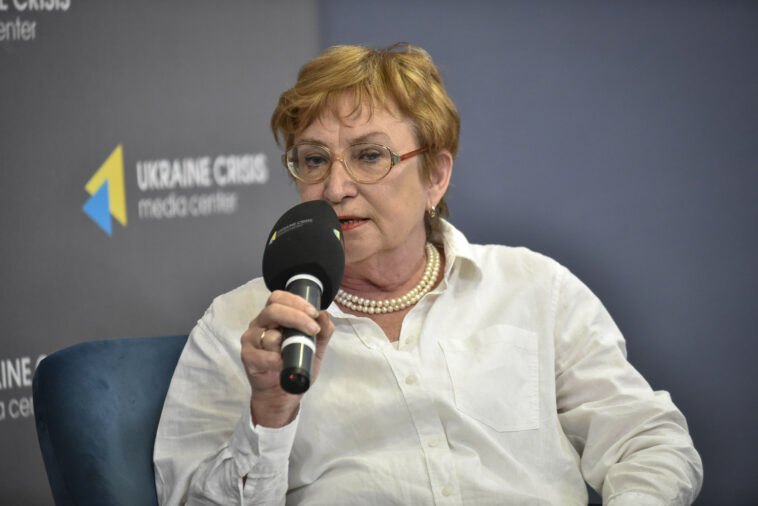
Restarting the plant poses a serious threat to the Zaporizhzhya Nuclear Power Plant. First, Russia does not have the qualified specialists needed to operate the facility safely. Second, the technical condition of the equipment remains unclear. Third, there is not enough water for full operation — a consequence of Russia’s destruction of the Kakhovka Hydroelectric Power Plant.
Even before that, due to Russian occupation, six of the seven fundamental principles of nuclear safety at the ZNPP have been violated. As the IAEA has stated, these include radiation monitoring, functioning communication channels, physical integrity, equipment operability, reliable power supply, and the absence of physical or psychological pressure on staff.
The United States should also respond to Russia’s plan to gradually restart the Zaporizhzhya plant — four of its reactor units are loaded with American-made nuclear fuel. The intellectual property for that fuel is protected by law, but the Donald Trump White House has distanced itself from the ZNPP situation.
Russia is raising the stakes and openly threatening to strike Ukrainian nuclear plants. The Russians made similar statements last year and attacked high-voltage substations around nuclear facilities, which caused shutdowns of some units. Accidents were avoided only thanks to the professionalism of Ukrainian nuclear engineers.
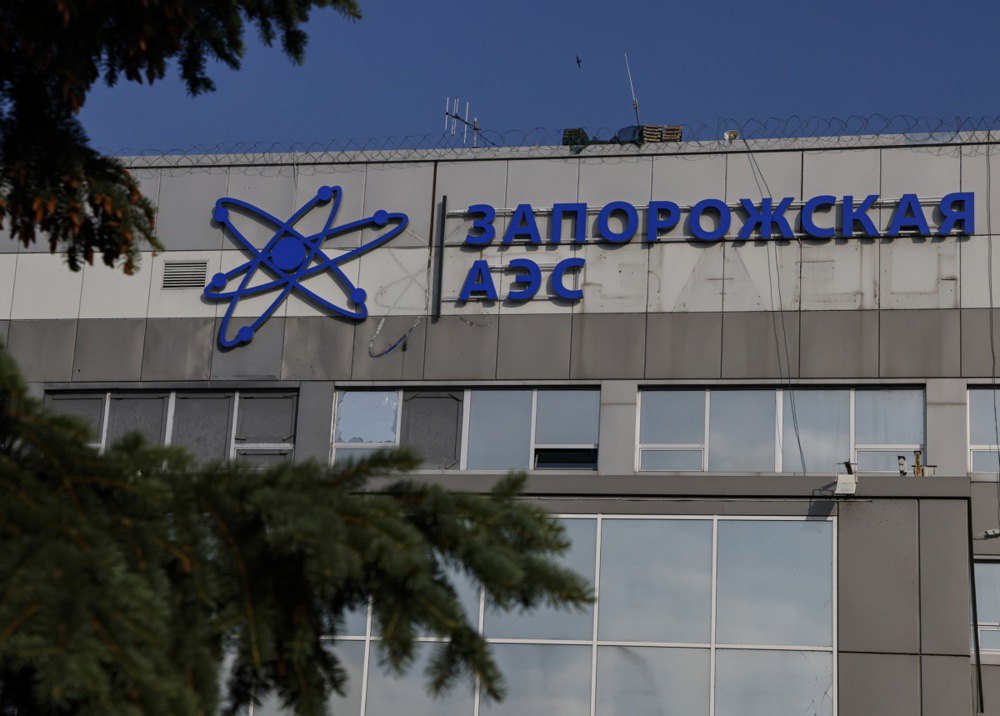
The IAEA Won’t Help, But There Is a Solution
Last year, the Russians began restructuring the energy grids of the occupied Ukrainian territories. This involves over 200 km of power transmission lines between substations around Mariupol and Melitopol. These lines are intended to connect the occupied Zaporizhzhya Nuclear Power Plant to the Russian power grid. Work began in December 2024 and reached its peak in the spring of this year.
However, the Russian plans were disrupted by the Ukrainian Armed Forces: a series of explosions occurred at several sites being built by Russia. Several substations were destroyed (including near Melitopol and Molochansk) and some power line supports were toppled.
This slowed the Russians but did not stop them, as the order to reconnect the ZNPP came directly from the Kremlin. It appears that Moscow was better prepared this time.
The Russians managed to build new transmission lines from the occupied territories and disconnected the ZNPP from its last connection to the Ukrainian power grid. At the same time, the Kremlin ordered the installation of a water supply system to cool the reactors. Greenpeace considers this the final stage of Russia’s plan to restart the plant.
Adding to all of this, IAEA Director General Rafael Grossi visited Russia for World Nuclear Energy Week, where he openly flattered Moscow. This visit took place after the ZNPP had already been cut off from the Ukrainian power grid.

“The Russian state corporation Rosatom is, of course, not a neutral technical player. It is an integral part of Russia’s military‑industrial complex and a direct tool of occupation. Its representatives pretend to manage the facility (ed. — ZNPP), obstruct IAEA access, and pressure Ukrainian personnel,” explained Ukraine’s Permanent Representative to the UN Office and other international organizations in Geneva, Yevheniy Tsymbalyuk.
The Kremlin already has experience reconnecting seized energy facilities, though not ones as powerful and dangerous as this. Since May, the Zaporizhzhya TPP (which was part of the NPP complex) has no longer been connected to the power grid of the government‑controlled part of Ukraine. The Russians managed to energize it exclusively from the occupied territories and then onward to the Russian power grid.
“Our task now is to take the hit and refuse to agree to anything. This is ordinary Russian nuclear blackmail,” says Olha Kosharna. The expert added: “Diplomacy has produced no results. The only effective tool to stop the Russians is to strike the new transformer substations they have constructed.”








